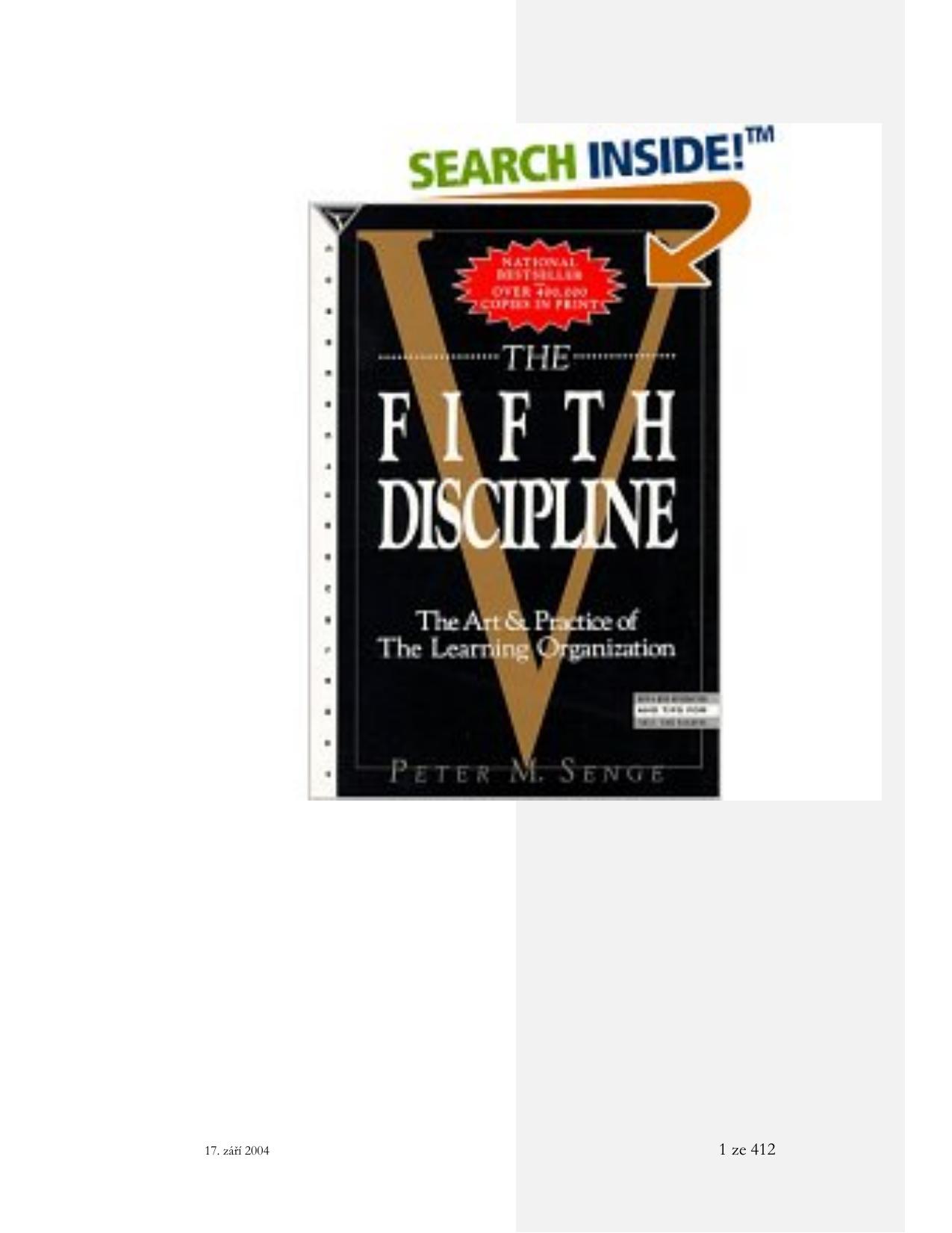The Fifth Discipline: The Art & Practice of The Learning Organization by Peter M. Senge

Author:Peter M. Senge [Senge, Peter M.]
Language: eng
Format: epub, pdf
ISBN: 9780307477644
Publisher: The Crown Publishing Group
Published: 2010-03-24T18:30:00+00:00
11
TEAM LEARNING
THE POTENTIAL WISDOM OF TEAMS
“By design and by talent,” wrote basketball player Bill Russell of his team, the Boston Celtics, “[we] were a team of specialists, and like a team of specialists in any field, our performance depended both on individual excellence and on how well we worked together. None of us had to strain to understand that we had to complement each other’s specialties; it was simply a fact, and we all tried to figure out ways to make our combination more effective…. Off the court, most of us were oddballs by society’s standards—not the kind of people who blend in with others or who tailor their personalities to match what’s expected of them.”1
Russell is careful to tell us that it’s not friendship, it’s a different kind of team relationship that made his team’s work special. That relationship, more than any individual triumph, gave him his greatest moments in the sport: “Every so often a Celtic game would heat up so that it became more than a physical or even mental game,” he wrote, “and would be magical. The feeling is difficult to describe, and I certainly never talked about it when I was playing. When it happened I could feel my play rise to a new level … It would surround not only me and the other Celtics but also the players on the other team, and even the referees … At that special level, all sorts of odd things happened. The game would be in the white heat of competition, and yet I wouldn’t feel competitive, which is a miracle in itself … The game would move so fast that every fake, cut, and pass would be surprising, and yet nothing could surprise me. It was almost as if we were playing in slow motion. During those spells, I could almost sense how the next play would develop and where the next shot would be taken … To me, the key was that both teams had to be playing at their peaks, and they had to be competitive….”
Russell’s Celtics (winner of eleven world championships in thirteen years) demonstrate a phenomenon we have come to call “alignment,” when a group of people function as a whole. In most teams, the energies of individual members work at cross purposes. If we drew a picture of the team as a collection of individuals with different degrees of “personal power” (ability to accomplish intended results) headed in different directions in their lives, the picture might look something like this:2
Download
The Fifth Discipline: The Art & Practice of The Learning Organization by Peter M. Senge.pdf
This site does not store any files on its server. We only index and link to content provided by other sites. Please contact the content providers to delete copyright contents if any and email us, we'll remove relevant links or contents immediately.
Hit Refresh by Satya Nadella(8854)
The Compound Effect by Darren Hardy(8508)
Change Your Questions, Change Your Life by Marilee Adams(7371)
Nudge - Improving Decisions about Health, Wealth, and Happiness by Thaler Sunstein(7242)
The Black Swan by Nassim Nicholas Taleb(6762)
Deep Work by Cal Newport(6563)
Daring Greatly by Brene Brown(6222)
Rich Dad Poor Dad by Robert T. Kiyosaki(6174)
Principles: Life and Work by Ray Dalio(5957)
Man-made Catastrophes and Risk Information Concealment by Dmitry Chernov & Didier Sornette(5646)
Playing to Win_ How Strategy Really Works by A.G. Lafley & Roger L. Martin(5495)
Digital Minimalism by Cal Newport;(5389)
Big Magic: Creative Living Beyond Fear by Elizabeth Gilbert(5351)
The Myth of the Strong Leader by Archie Brown(5237)
The Slight Edge by Jeff Olson(5200)
Discipline Equals Freedom by Jocko Willink(5156)
The Motivation Myth by Jeff Haden(5001)
Stone's Rules by Roger Stone(4855)
The Laws of Human Nature by Robert Greene(4771)
